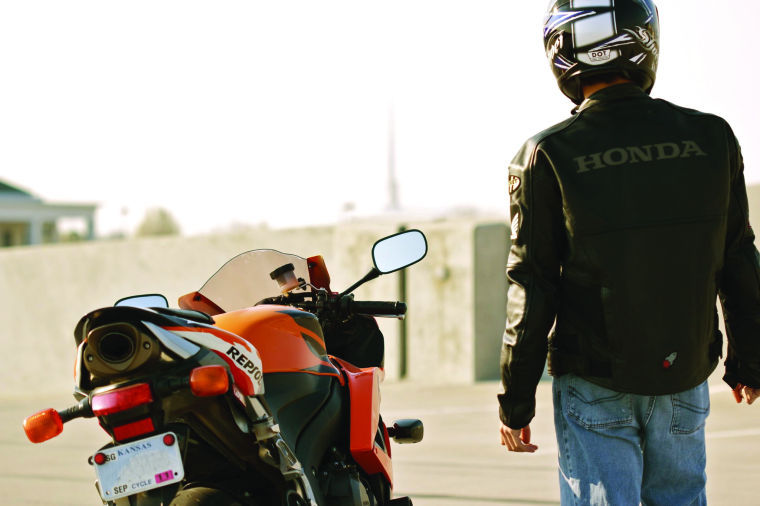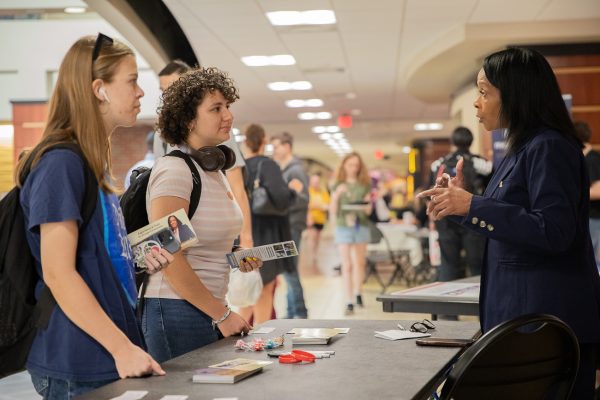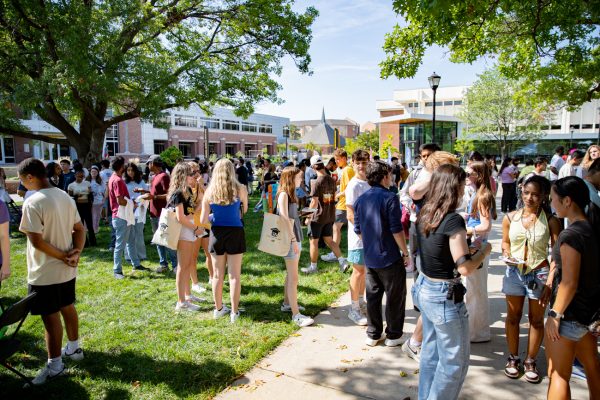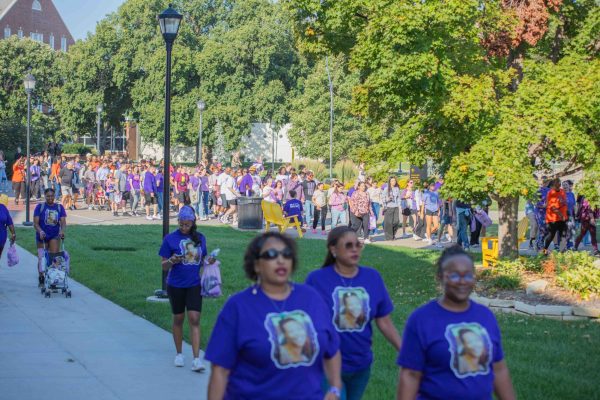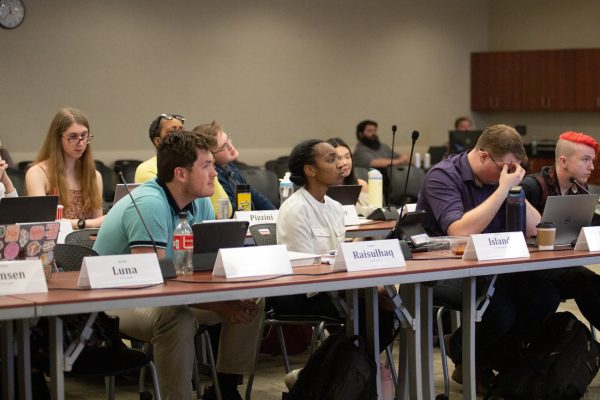Motorcycle accidents may be revving up
Warmer weather brings out more motorcycle riders and with that more motorcycle accidents because four-wheeled drivers just aren’t looking for them as much yet.
According to the Kansas Department of Transportation, 961 motorcycle accidents and 50,227 car accidents occurred in 2010, the most recent year data was available.
“When I got to Wichita, I noticed riding a motorcycle wasn’t as fun anymore,” said David Yoon, assistant professor of business at Wichita State. Yoon comes from Minnesota, which he calls a more bike-friendly state. “Wichita drivers are much, much more horrible — unaware, inattentive, of motorcycles.”
Car drivers aren’t on their guard as much to watch for motorcycles as they are for other cars.
“We have to make people more aware,” said Guy Schroeder, interim captain of the WSU Police Department. “Most people after winter don’t realize that motorcycles are there.”
Yoon said he recommends not cutting back on buying safety gear. He won’t get on his motorcycle without the helmet he jokes makes him look like a Power Ranger, a leather jacket, chest and back protectors, gloves with carbon fiber knuckles, boots with knee-high density armor and over pants. The cost for his safety gear adds up to $1,770, just more than half of what he paid for his motorcycle.
Not budgeting for safety gear is what Yoon calls a newbie motorcyclist’s mistake, though he said safety preparation is “a really uncool culture to motorcyclists.”
“If I can’t put all my gear on, I shouldn’t be on a motorcycle,” he said. “If you can’t budget to the final cost of buying a bike and all that gear, you shouldn’t be riding.”
A fitness of body and mind are key to safe riding, the Kansas Traffic Safety Resource Office website says. Constant awareness of surroundings and alertness of inattentive cars is a must. Riding a motorcycle is more physically demanding than driving a car, as body movement determines where the motorcycle steers.
“Motorcycling is almost like dancing, in a way that you communicate with the machine,” Yoon said. “It’ll never be like that interpersonal level or interspecies level of course, but it (the motorcycle) will go where you see.” Yoon said he finds less of a stigma toward motorcyclists at WSU than in the Wichita community. Young people in Wichita will drive up beside him at stoplights, eager to race.
Though Yoon describes himself as a “risk-aversive person,” he isn’t a typical biker, and doesn’t hang around with the typical motorcycle crowd, but he still finds stereotyping at stoplights and from well-meaning friends.
“I get two things,” he said. “Number one, you need to grow up. Number two, you’re going to die.”
But Yoon has had cases when he’s paid more attention than other cars on the road, like the time he was in an intersection and waited when the light turned green. He said he just knew the girl texting while driving a BMW wasn’t going to stop.
“Motorcyclists have the same,” Schroeder said. “They have to watch their surroundings … it’s a combination on both sides.”
Even with the expenses and risks, Yoon said he can’t bring himself to get rid of his motorcycle.
“There is a sense of mastery that comes from it,” he said. “When you ride it, it’s like no other thing you will experience.”



